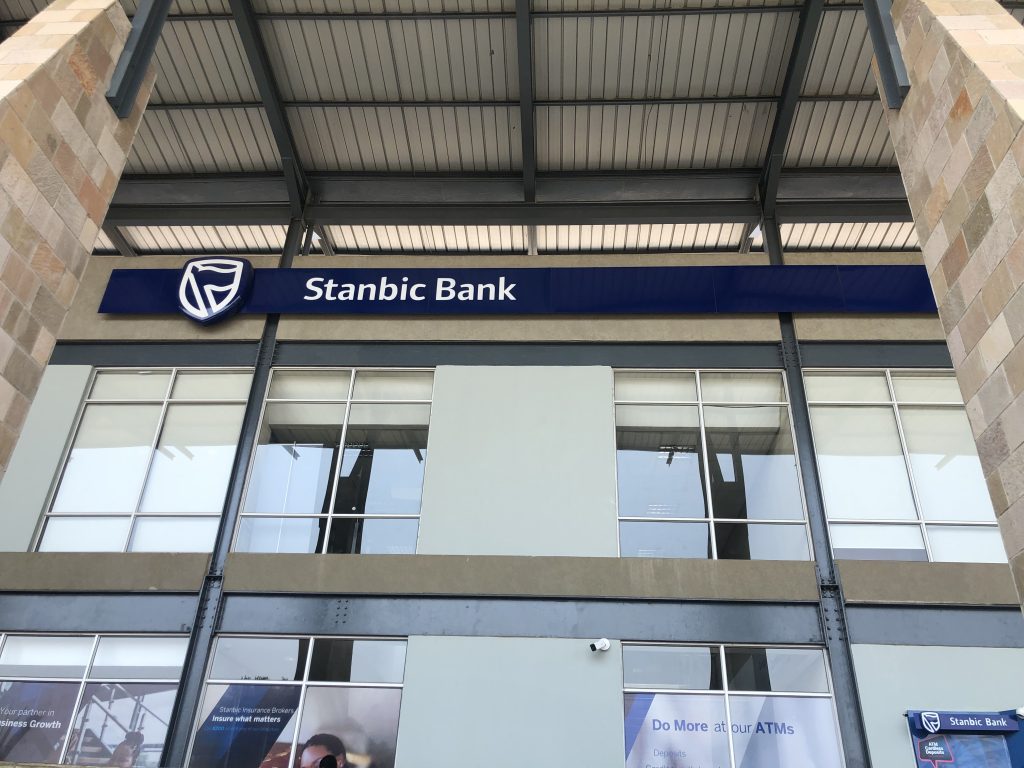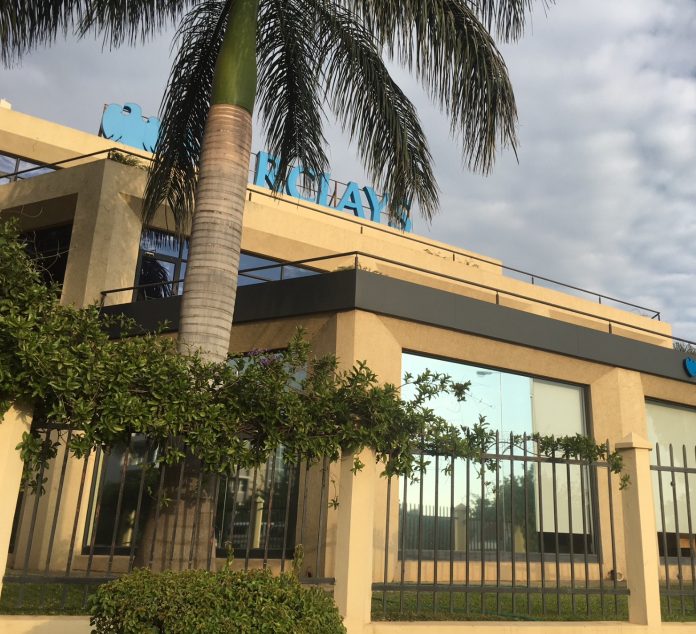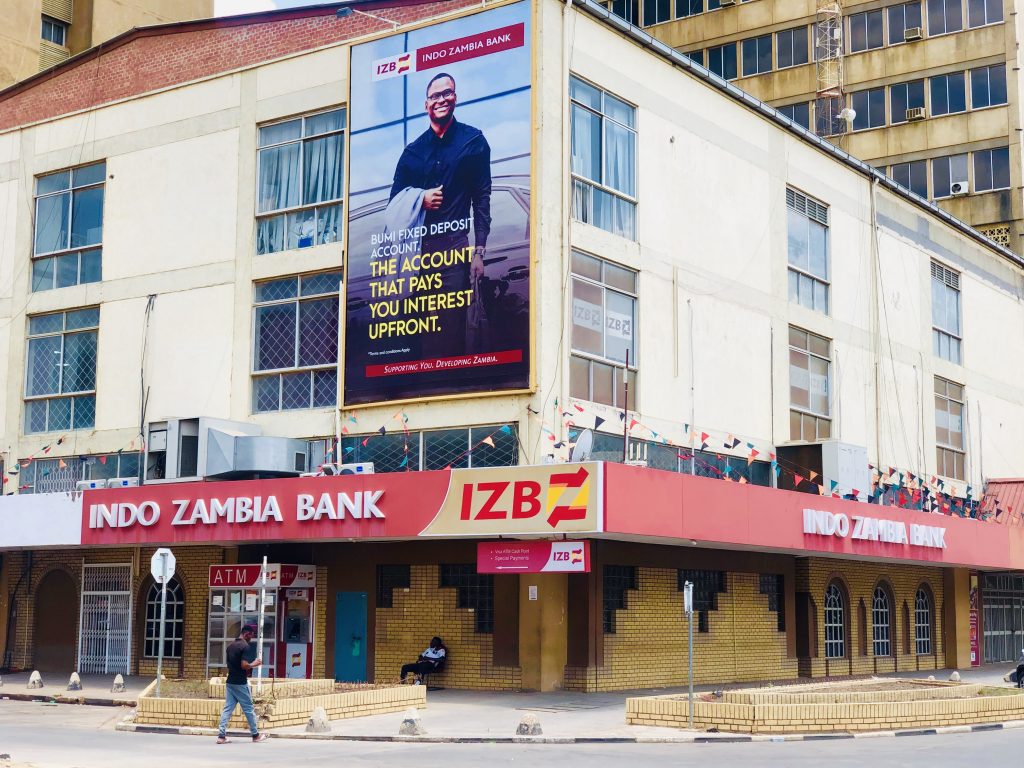According to the recently published prudential financial statements for third quarter of 2019, after tax earnings grew by 38% to K1.38 billion with a profitability skew of 92.1% housed in seven commercial banks namely Stanbic (K322.2 million), Barclays (K199.3 million), Zanaco (K175.8 million), Bank of China (K154.6 million), Indo Zambia (K127.4 million) and Citibank (K111.7 million). Third quarter (PAT) expanded 106.7% to K553.9 million compared to second quarter earnings.
Total income (YTD) for the Banking industry grew 16.8% to K7.05 billion supported by a 29.9% rally in interest income to K7.06 billion (of which Barclays, Stanbic and Zanaco led the curve), 2.8% slow down in non interest income to K2.61 billion offsetting a 44.5% narrowing in credit impairments to K360.21 million. Non interest income line performance was propelled by 25.6% growth in foreign exchange trading income (of which Barclays and Stanbic were market leaders) and a 9.9% drop in fees and commissions (a manifestation of the autopsy effects of eradication of unwarranted fees by the central bank). Interest income expansion was shared between loans and advances accounting for 53% and 41% being investments in government securities (a reflection of elevated yields on government securities as a consequence of sovereign risk posture) on the other hand.

Interest expenses rose 58.1% to K2.26 billion as non interest expenses ebbed higher 9.7% to K4.74 billion (with Zanaco and Stanbic, being leading cost drivers). Bank of China and Citibank led the cost to income ratio curve at 26% and 34% (this is expected as the two boutiques run lean models with no branches at all) while Barclays (51%), Indo Zambia (54%) and Ecobank (52%) demonstrated cost leadership. (For banks that run both retail and corporate models.)

Industry credit book grew 15.42% to K30.38 billion year on year with Stanbic and Barclays running the biggest books in excess of 5 yards (>K5 billion) while Zanaco bank has the third largest book at just above 4 yards (K4.11 billion)
Commentary. The banking industry remains well capitalized at aggregate level, with regulatory capital base growing 11.6% to K10.97 billion from a year earlier comparing with a 12.73% growth in risk weighted assets to K49.1 billion. The top (6) banks leading the earnings curve are all well capitalized and so is the industry despite existence of outliers with a few banks out of sync thereby weighing overall industry capitalization.

The banking industry performance at aggregate level is fairly resilient but the profitability skew reveals an uneven playing field which could suggest the need for mergers or pruning of some banks that have exponentially been loss making despite frequent capitalization attempts.
Former Bank of Zambia Governor Dr. Michael Gondwe once said he’d rather be central bank head of a few well capitalized banks than so many underperforming, loss making or profit splitting financial institutions. (In 2011 closed door meeting). This is what prompted increase in regulatory capital requirements for both international and domestic bank.
The industry is feeling the autopsy effects of the scrapping of unwarranted fees given the 9.9% slide in fees and commissions, while it is evident that interest income is taking a cue from elevated yields on government securities which arguably to some degree is ‘crowding out’ domestic credit markets.
Despite improvements in the credit impairment lines, the industry provisioning still doesn’t reflect the current economic or market posture given tough operating conditions. The challenge the central bank has, is ensuring that uniform credit models are applied across and reflective of sovereign risk posture which speculatively international banks could be highly likely implementing. However we have doubts if indigenous banks are applying identical credit risk methodology to value their exposures. The Non Performing Loan (NPL) ratio improved to 9.4% vs. 10% BOZ prudential limit (this compares to levels of 11.4% a year ago) but credit risks remains elevated in light of the energy bottlenecks, double digit inflation, lack of liquidity and dampened credit appetite.
Because the race is not for the strong or swift we believe chance happens to all and as such the second to fourth place for this year are still open. One bank that can not be ignored for stellar performance is Indo Zambia as it debuts in the top 5 displacing Citibank. While Stanbic has already booked first place with a giant earnings leap and is crossing K400 million mark this year, Barclays is one bank to look out for in 2020 given the aggressive growth in credit book and profit it has provisioned for this year which could be the miles ahead next year it sprints ahead of market.
The Kwacha Arbitrageur

